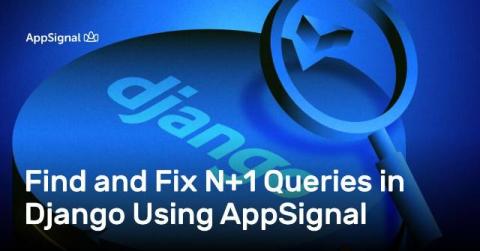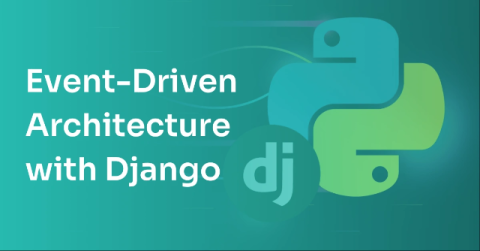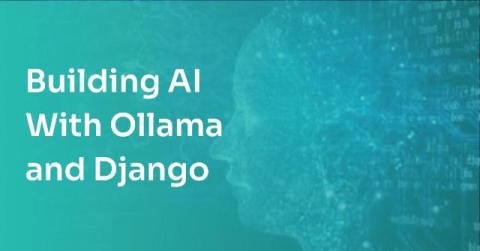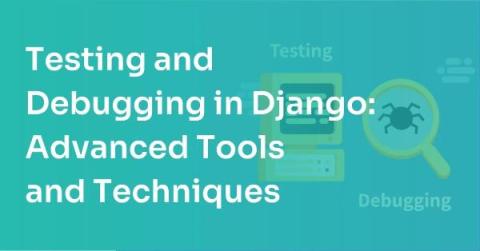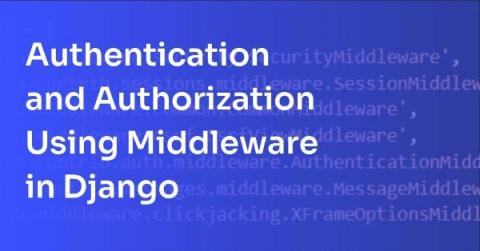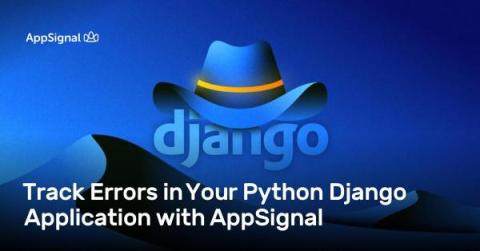Find and Fix N+1 Queries in Django Using AppSignal
In this article, you'll learn about N+1 queries, how to detect them with AppSignal, and how to fix them to speed up your Django apps significantly. We'll start with the theoretical aspects and then move on to practical examples. The practical examples will mirror scenarios you might encounter in a production environment. Let's get started!


